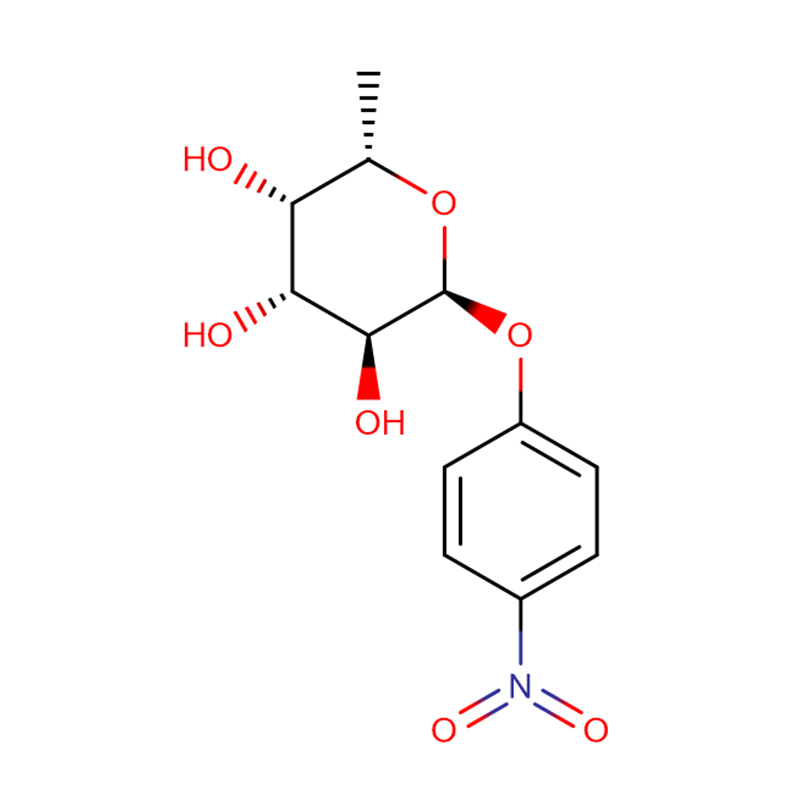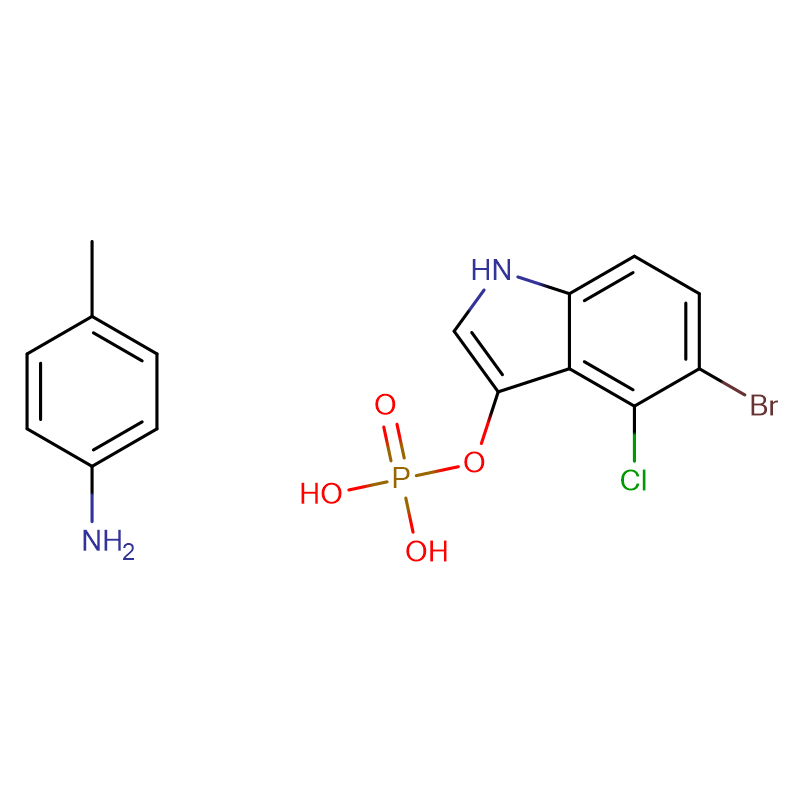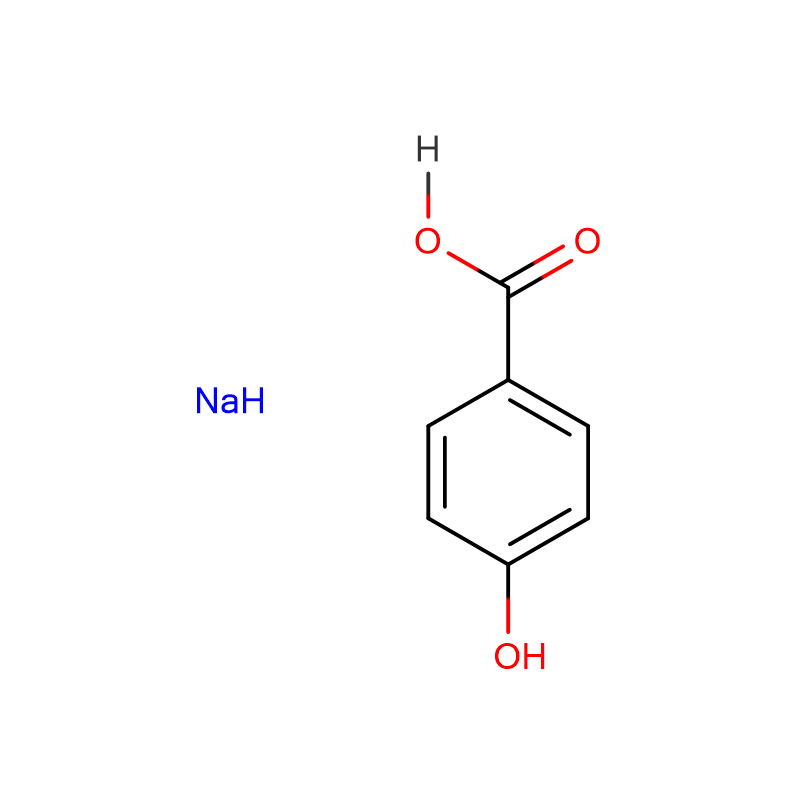S-Butyrylthiocholine iodide Cas:1866-16-6 98% White crystalline solid
| Catalog Number | XD90143 |
| Product Name | S-Butyrylthiocholine iodide |
| CAS | 1866-16-6 |
| Molecular Formula | C9H20INOS |
| Molecular Weight | 317.23 |
| Storage Details | -15 to -20 °C |
| Harmonized Tariff Code | 29309098 |
Product Specification
| Appearance | White crystalline solid |
| Assay | >98% |
| Melting Point | 173 - 178 Deg C |
| Solubility | Dissolves in water to give a clear colourless solution |
| Non-Volatile Matter | <1% |
Multitarget compounds are increasingly being pursued for the effective treatment of complex diseases. Herein, we describe the design and synthesis of a novel class of shogaol-huprine hybrids, purported to hit several key targets involved in Alzheimer's disease. The hybrids have been tested in vitro for their inhibitory activity against human acetylcholinesterase and butyrylcholinesterase and antioxidant activity (ABTS.+, DPPH and Folin-Ciocalteu assays), and in intact Escherichia coli cells for their Aβ42 and tau anti-aggregating activity. Also, their brain penetration has been assessed (PAMPA-BBB assay). Even though the hybrids are not as potent AChE inhibitors or antioxidant agents as the parent huprine Y and [4]-shogaol, respectively, they still exhibit very potent anticholinesterase and antioxidant activities and are much more potent Aβ42 and tau anti-aggregating agents than the parent compounds. Overall, the shogaol-huprine hybrids emerge as interesting brain permeable multitarget anti-Alzheimer leads.
Extracts of different polarity obtained from various plant parts (root, leaf, flower and fruit) of Seseli rigidum were studied by different antioxidant assays: DPPH and ABTS radical scavenging activity, by total reducing power method as well as via total content of flavonoids and polyphenols. Essential oils of all plant parts showed weak antioxidant characteristics. The inhibitory concentration range of the tested extracts, against bacteria Escherichia coli, Pseudomonas aeruginosa, Staphylococcus aureus, Bacillus cereus, and fungi Candida albicans and Aspergillus niger was 0.01-1.50 mg/mL and of a microbicidal 0.02-3.00 mg/mL. In the interaction with cholinesterase, all essential oils proved effective as inhibitors. The highest percentage of inhibition versus human and horse cholinesterase was shown by root essential oil (38.20% and 48.30%, respectively) among oils, and root hexane extract (40.56% and 50.65% respectively). Essential oils and volatile components of all plant parts were identified by GC, GC-MS and headspace/GC-MS. Statistical analysis of the ensemble of results showed that the root essential oil composition differed significantly from essential oils of other parts of the plant. Taking into account all of the studied activities, the root hexane extract showed the best overall properties. By means of high performance liquid chromatography coupled to high resolution mass spectrometry, the 30 most abundant constituents were identified in extracts of different polarity. The presence of identified constituents was linked to observed specific biological activities, thus designating compounds potentially responsible for each exhibited activity.




![1,2,3,4-Tetrahydrobenzo[h]quinolin-3-ol CAS:5423-67-6 Off-white powder](https://cdn.globalso.com/xdbiochems/5423-67-6.jpg)
![VALINOMYCIN CAS:2001-95-8 White crystaline powder Akis(1-methylethyl)-[qr]](https://cdn.globalso.com/xdbiochems/2001-95-8.jpg)


![N-[[bis[4-(dimethylamino)phenyl]amino]carbonyl] glycine sodium salt White to gray-green crystalline powder](https://cdn.globalso.com/xdbiochems/115871-19-7.jpg)